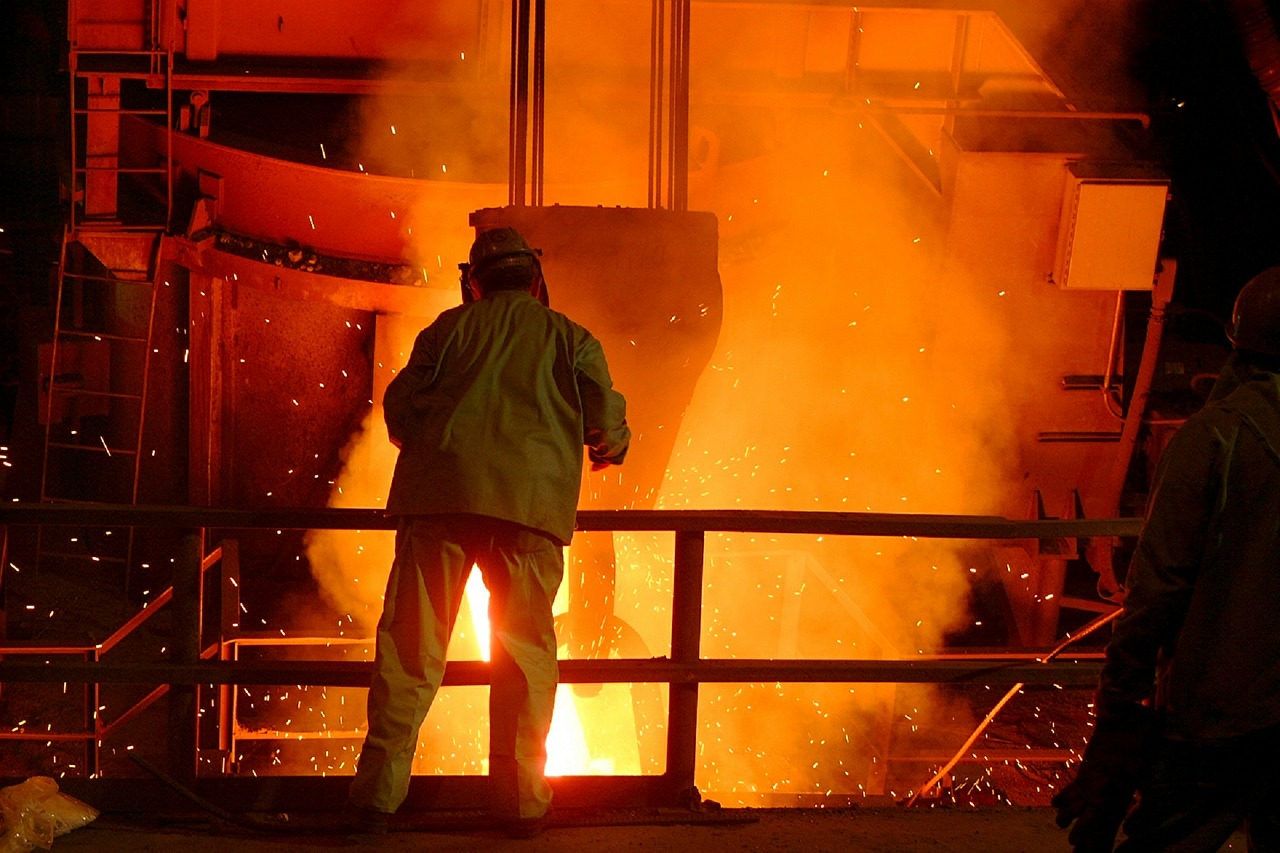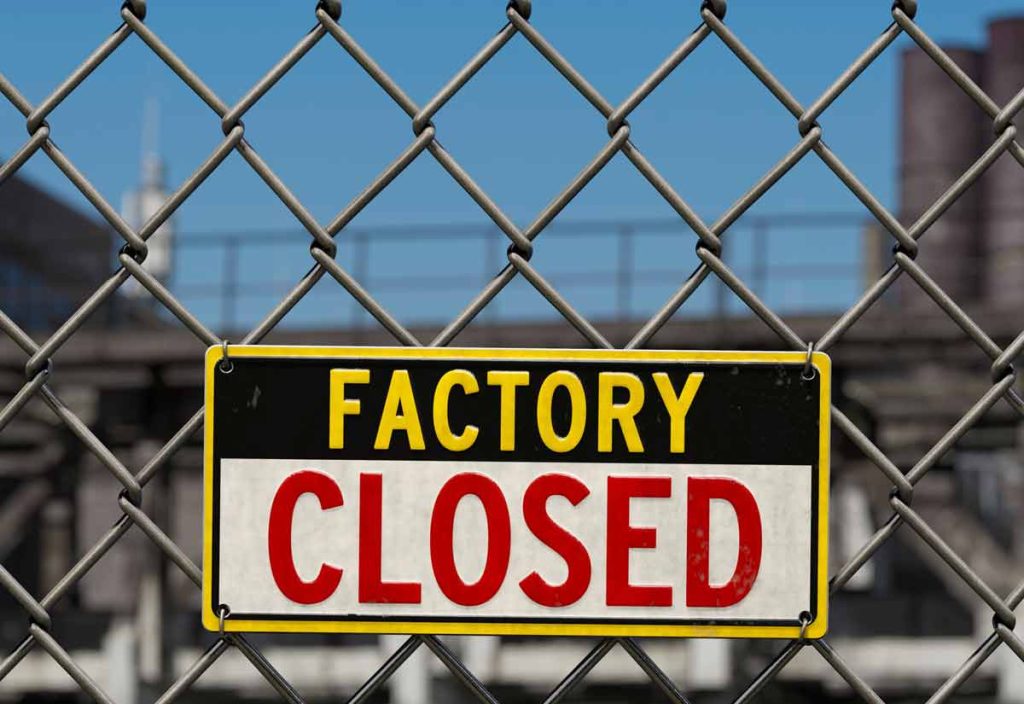US Foundries: The Backbone of U.S. Manufacturing in 2019 and Beyond
According to the American Foundry Association, metal casting fuels a $33.7 billion industry that directly employs 200,000 workers in the U.S. alone.
The US Bureau of Economic Analysis reports that “GDP From Manufacturing in the United States increased to 2190.40 USD Billion in the third quarter of 2019 from 2167.30 USD Billion in the second quarter of 2019.” That’s an all-time high for U.S. manufacturing which drove nearly 12% of economic output and accounted for 1/2 of all U.S. exports, and metal casting is essential to much of that impressive production.
Metal-casting indirectly supports “many thousands of jobs” at companies providing materials and services for the manufacturing sector. With 90% of durable goods requiring castings, foundries in all 50 states meet demands in almost every industrial sector including:
- defense contracting
- agriculture
- trucking
- oil and gas
- infrastructure
- construction
- automotive
- aerospace
Next-Generation Investment Casting For the 21st Century Foundry
No other foundry process has been more aptly named than “investment casting.” The process is indeed an investment of time, skill, and materials, all of which result in just a single product in the end.
In fact, you can check out a video of this vital but lengthy process for metal casting which plays an important role in the industries listed above and many more. The American Foundry Society likes to remind us that we’re “rarely more than 10 feet from a metal casting in the United States.”

Traditionally, investment casting requires an exact metal replica of the casting as the first step, and injection molding is used to fill the meticulously crafted metal mold with wax. The resulting wax patterns are dipped in a ceramic slurry, often repeatedly to create a thick enough shell. The ceramic is heated, the wax melts and is removed, and molten metal is poured into the void after the ceramic has cooled to create the final casting.
Also known as “lost wax casting” the technique has become the target for new leaner production that can reduce the inherent expenses of the investment casting process.
Penn State engineering researchers are focusing on 3D printing to completely eliminate the costly metal mold from the metal casting process. 3D printed wax molds provide quicker cost-effective versatility to easily accommodate design changes. Guha Manogharan, assistant professor of mechanical engineering and Paul Lynch, assistant professor of industrial engineering at Penn State are perfecting the 3D wax printing process to usher in what they regard as “next-generation investment casting”.
Pennsylvania is the #2 state for metal casting operations, just behind Ohio at number 1. The Penn State 3D wax printing program is part of Pennsylvania’s state-wide effort to drive new technologies in manufacturing while enabling small to medium foundries in the commonwealth to keep pace with change and remain in business.
That’s an important development for the entire US foundry industry where 75% of firms are classified as small businesses with less than 100 employees.

Keeping Pace in Your Industry With Resource Erectors
At Resource Erectors, we maintain relationships with the top professionals your company needs to thrive in a fast-paced competitive industrial environment.
We specialize in finding and recruiting the top professional talent for North America’s industry-leading companies in manufacturing, mining, minerals processing, civil construction, construction materials, tunneling, and engineering. We fill crucial positions that help you avoid the high costs of vacancies in your company with the best-qualified candidates from the top C-suite executives to sales, business development, operations management, and technical professionals.
If you’re a highly qualified professional and you’re ready to make a move up the career ladder, we have the industry-specific human resource experience and corporate connections to help you move up today, so don’t hesitate to contact us.








